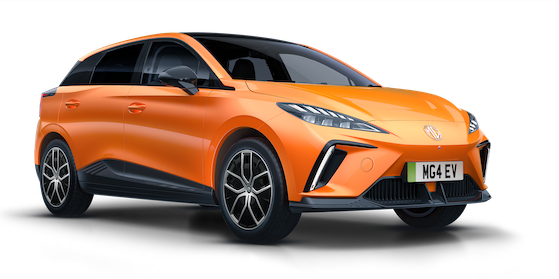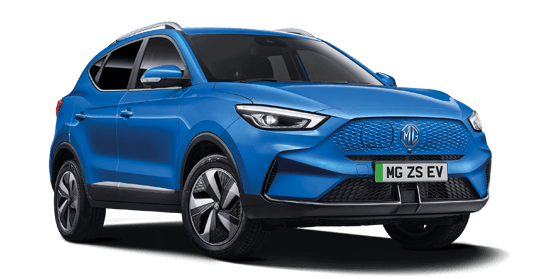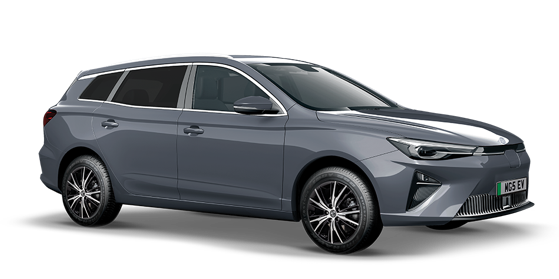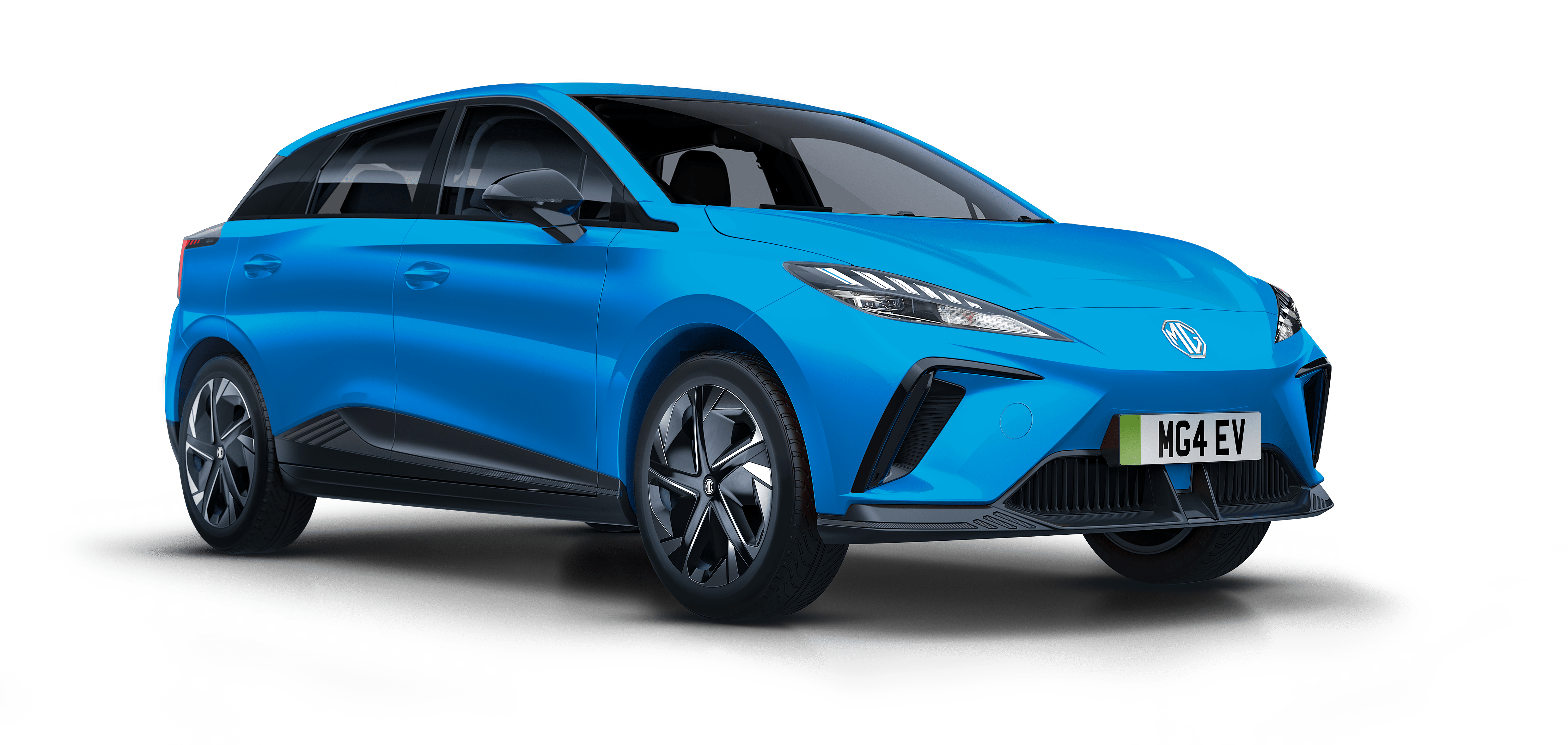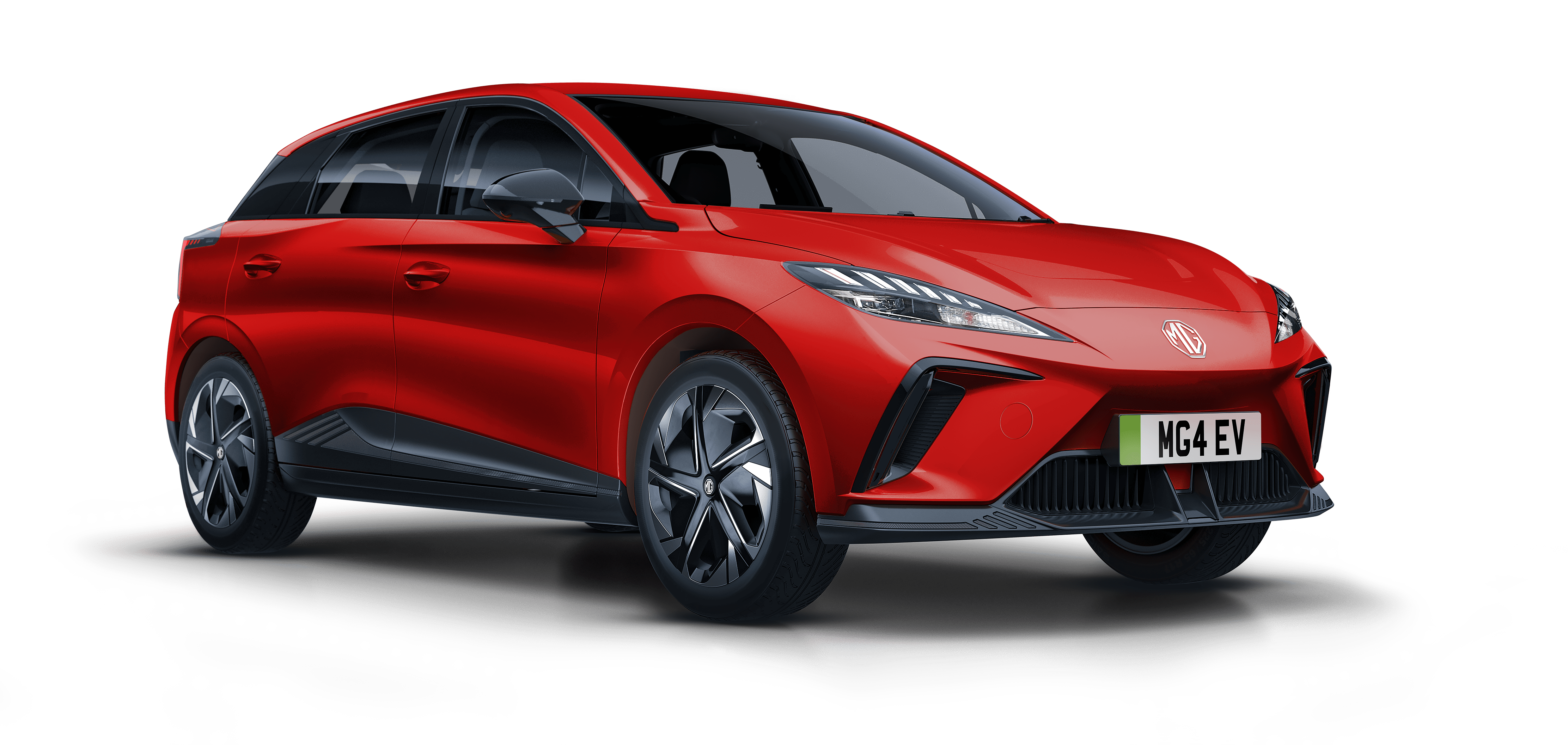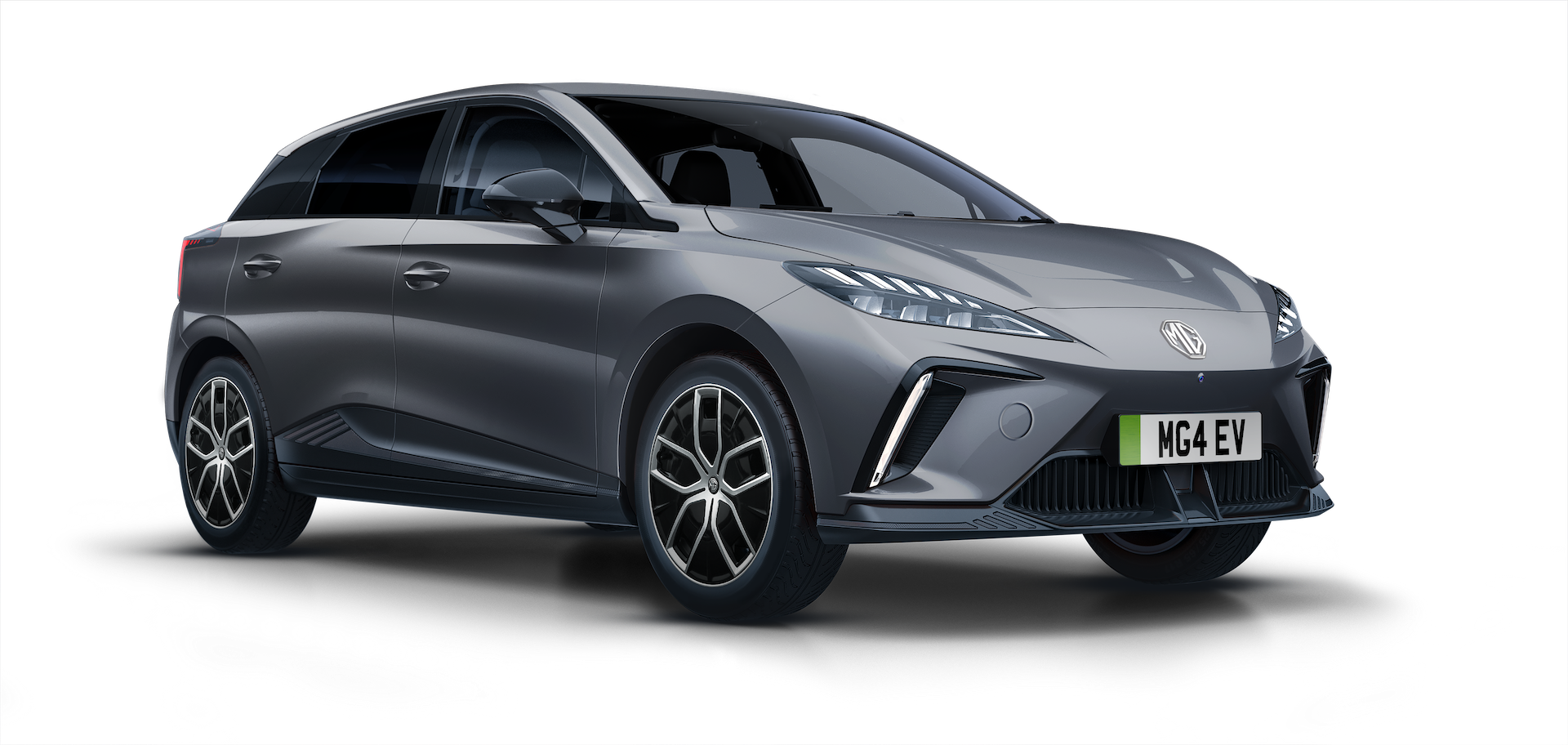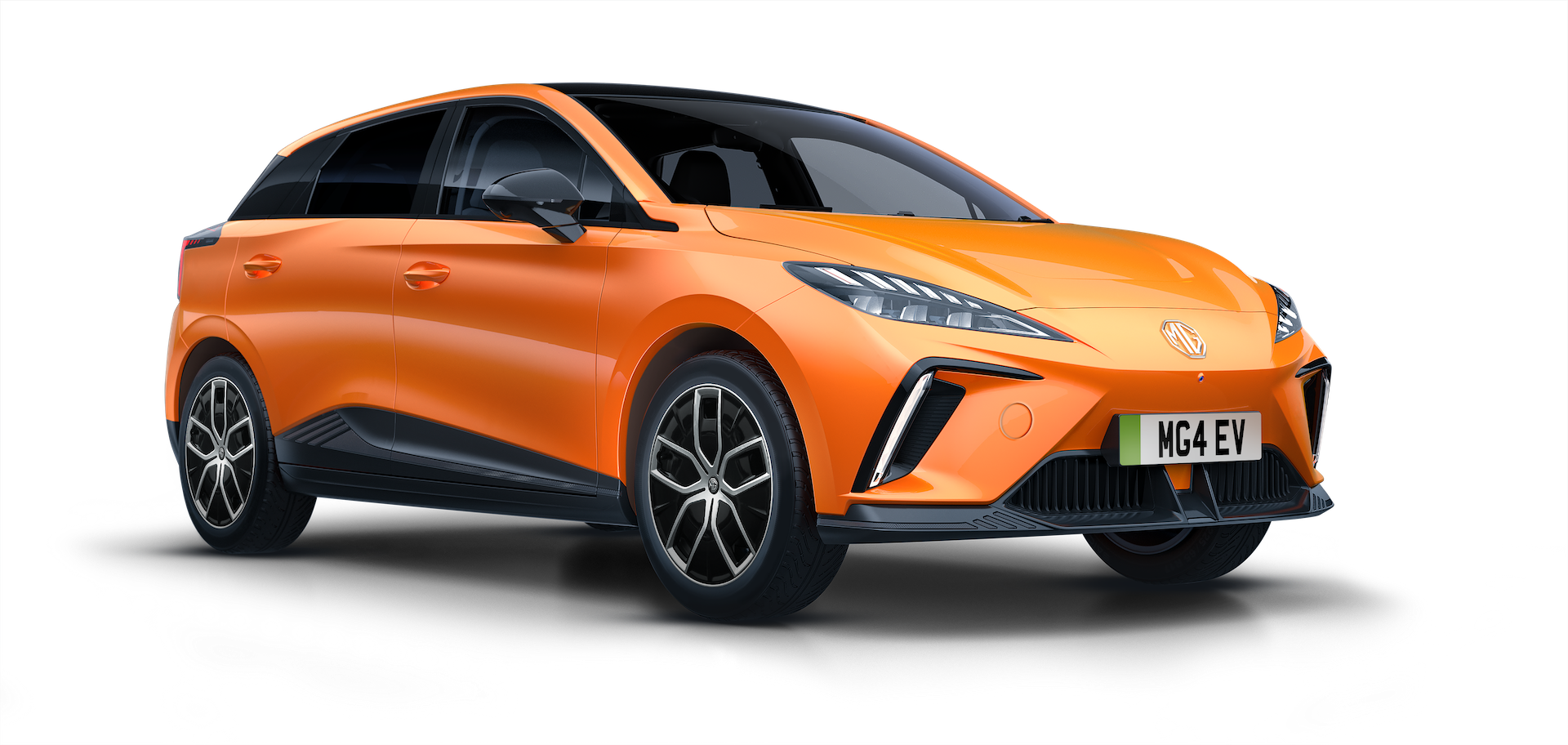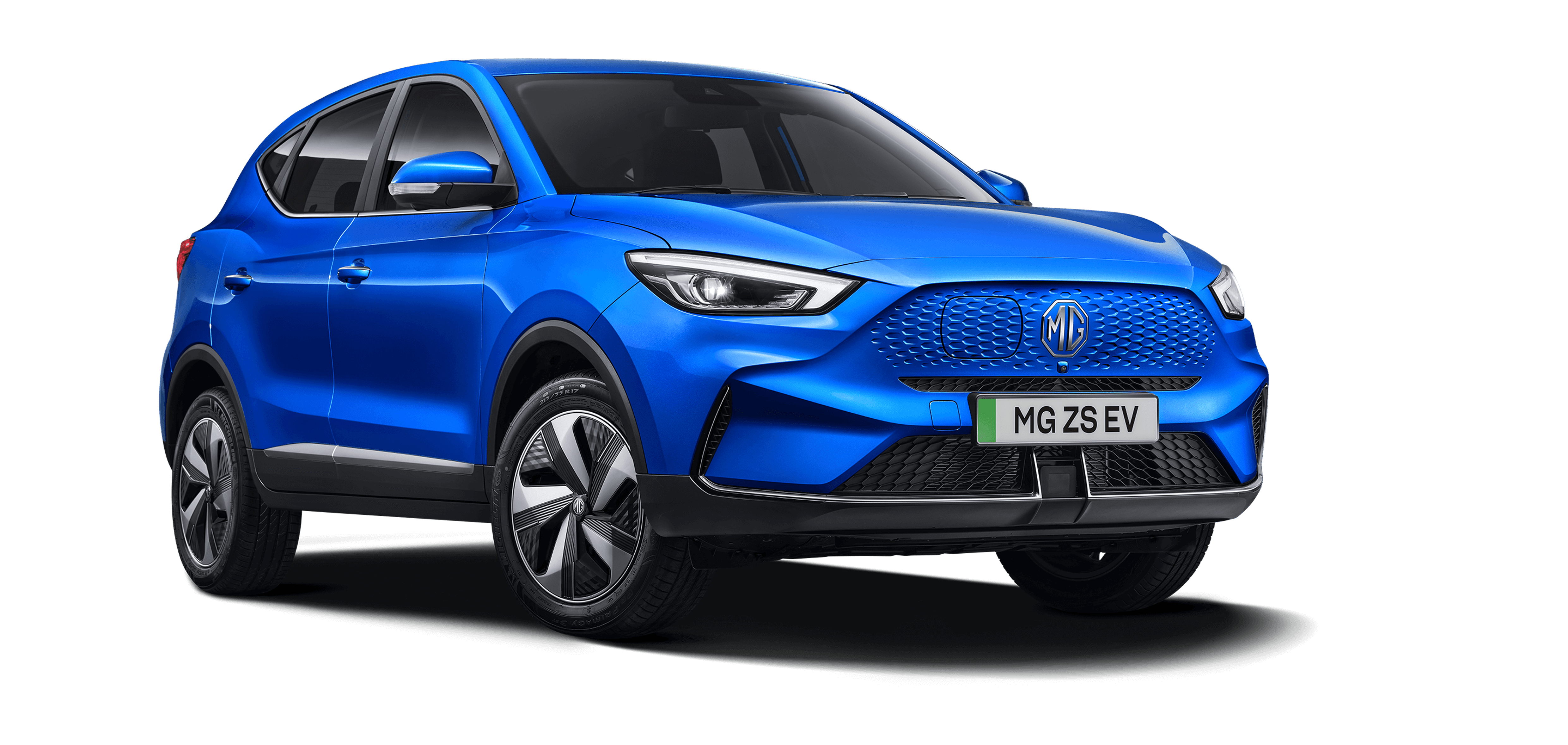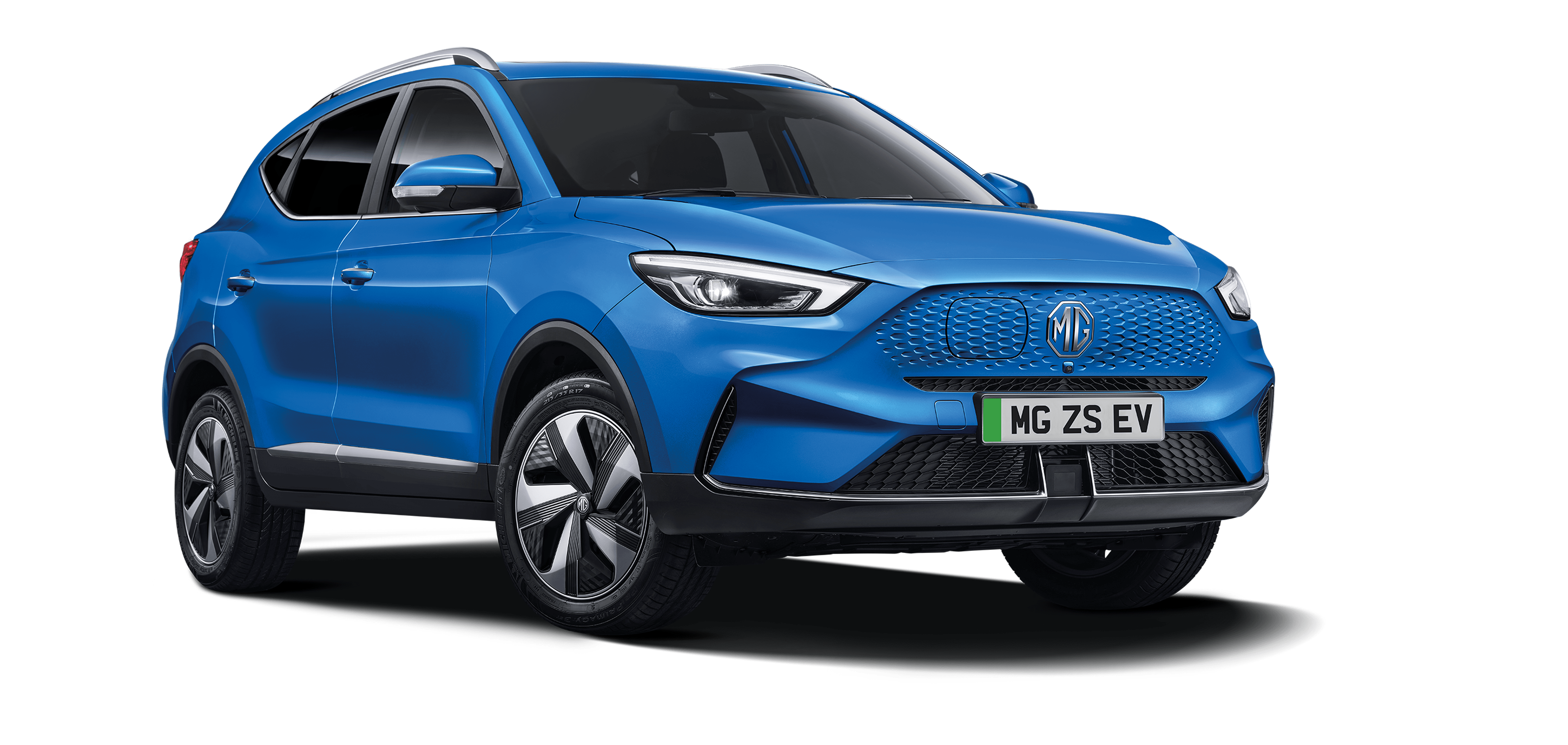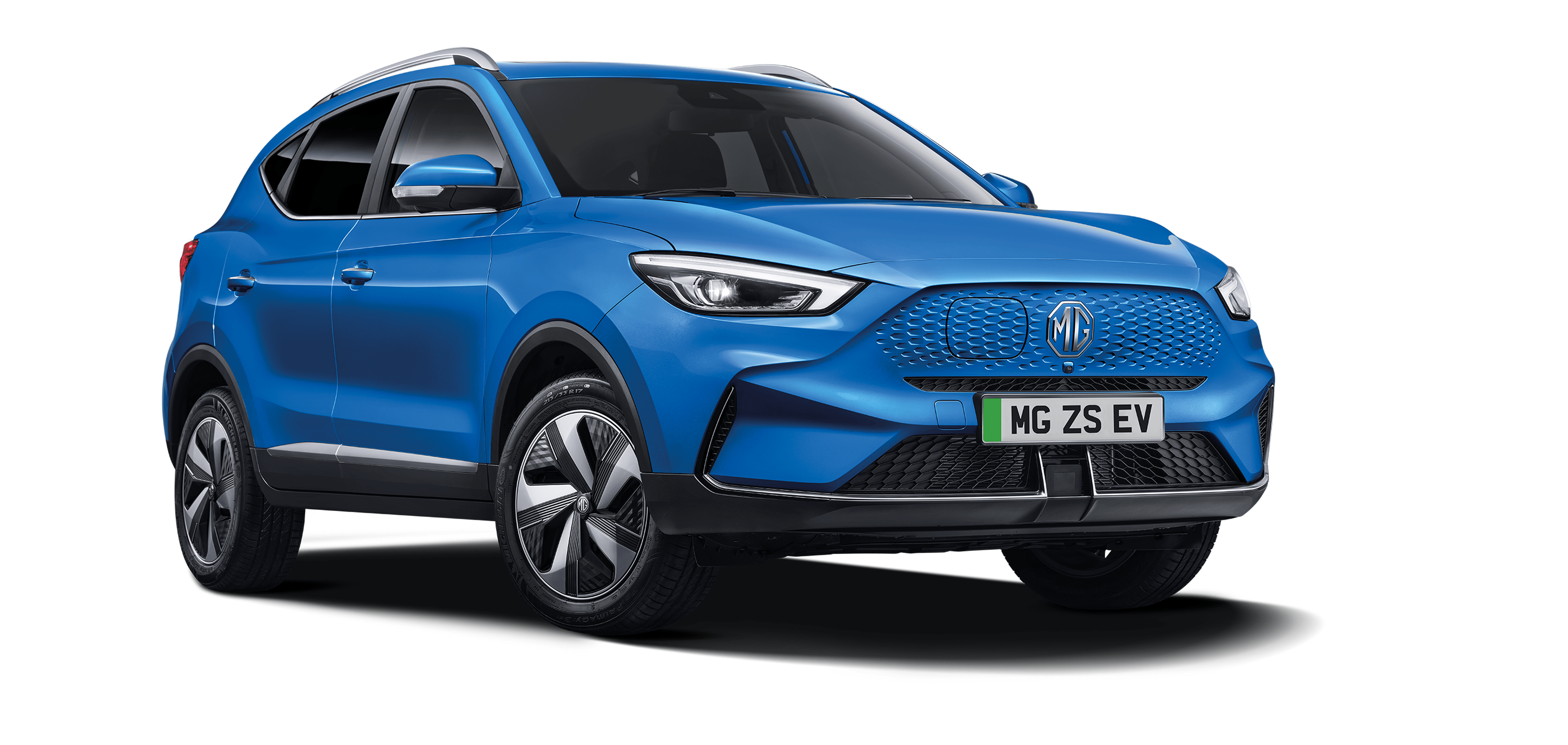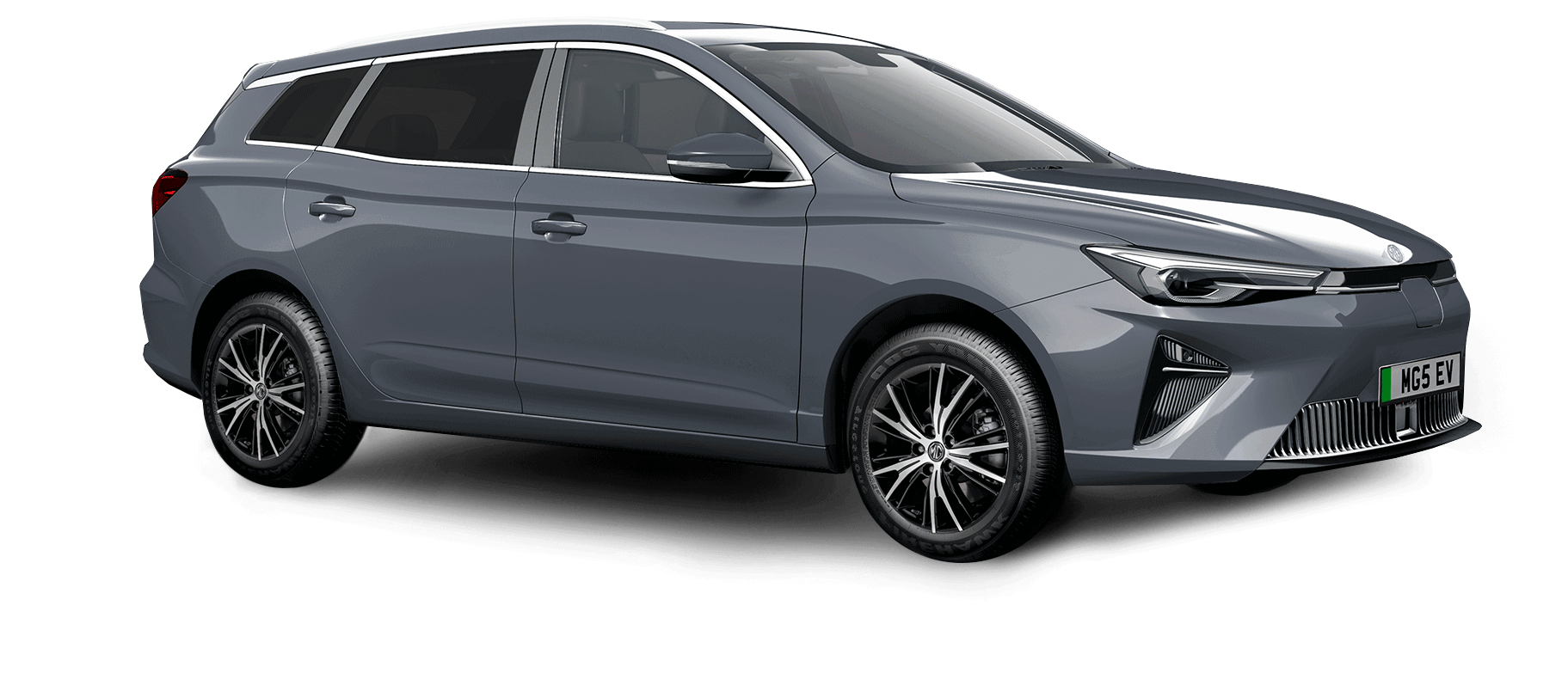What Is A Smart Motorway?

There is nothing worse than sitting in a traffic jam. Smart motorways help to mitigate that problem. This article will tell you what smart motorways are, and how they do exactly that.
What is a smart motorway?
A smart motorway uses traffic management systems to keep traffic moving at a safe and consistent speed. They are typically used on parts of the motorway that are particularly busy and prone to congestion like the M25 or the M11. The aim is to slow down the traffic to prevent it from building up to help reduce the risk of accidents.
How does a smart motorway work?
There are number of ways that smart motorway technology can be seen in action:
1. Opening the hard shoulder to traffic - During busy times, emergencies and engineering work, the hard shoulder can be used as a working lane. This helps to reduce the congestion caused by road blocks because you are opening another route for traffic to flow through.
2. Creating emergency refuge areas - If the hard shoulder is being used as a driving lane then a new emergency area needs to be created. That's where emergency refuge areas come in. They are the designated spot for stranded or broken down vehicles to sit and wait for assistance. However, they are few and far between, compared to a hard shoulder, which means it is more difficult for vehicles in trouble to reach.
3. Changing the speed limit - Another way to ensure a consistent flow of traffic is by reducing the speed limit. If drivers are going at 70mph down the motorway then they will only catch up with one another and sit in traffic. Alternatively, reducing the speed to 50mph means they will drive slower, which creates bigger gaps between vehicles and prevents a pile up.
What are the advantages of smart motorways?
1. Reduces journey times - By keeping traffic moving continuously, smart motorways help you to reach your destination quicker than sitting in traffic and not moving anywhere at all. Frequent updates on incidents or lane closures can also help drivers to plan their journeys accordingly to avoid potential traffic.
2. Helps to limit the disruption caused by accidents - Not only does it allow cars to drive in other lanes when one is blocked by an accident, but announcing that there’s an incident prevents ‘rubbernecking’ - when drivers turn their heads to see the accident which can cause potential collisions because they are not focusing on the road.
3. Improves communication - Drivers are kept up to date in real time about the latest incidents or changes to the speed limit. Therefore, smart technology has made it easier to communicate important information to drivers.
4. Less pollution - More free flowing traffic means less cars sitting at a stand still on the motorway. The less traffic, the less harmful CO2 emissions are being released into the atmosphere from fuel cars.
5. Improves the driving experience - Allowing you to change your speed based on whether the motorway is busy or empty allows for a smoother driving experience, as well as the signals making it easier for those new to a motorway to know what speed they should be going.
Are smart motorways safe?
Despite these advantages, there have been a few questions around the safety of smart motorways. One of the biggest concerns is around the use of the hard shoulders. Most drivers use this as a stopping place, but if it is opened as a lane then cars will be zooming down it unknowing someone is parked there. However, if you look at the statistics then there is an estimated 18% reduction in risk using a smart motorway compared to a conventional motorway.
However, only 10% of UK motorways are currently smart motorways which means we may not have the data size needed to accurately measure whether or not they are more safe than a regular motorway. Once the government implements more smart motorways, and continues to complete safety checks and surveys, then we will gain a greater understanding.
There we have it, everything you need to know about smart motorways. It’s important to note that this new technology is still very much in its trial stage and more will need to be done in the future to ensure it’s as safe as possible. However, it is a great solution to helping reduce congestion, as after all, none of us like sitting in traffic!

